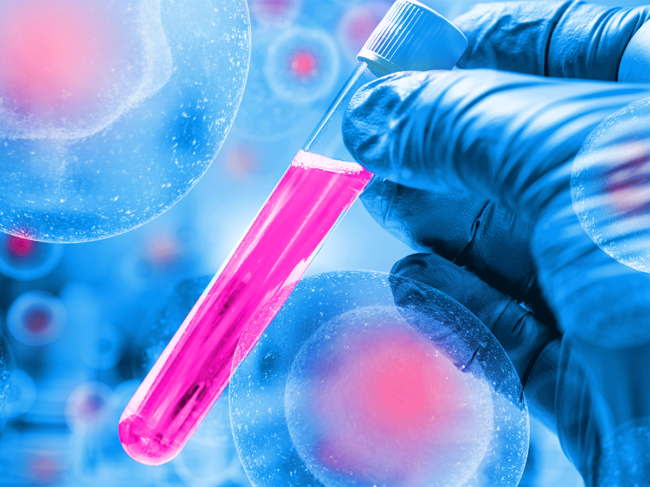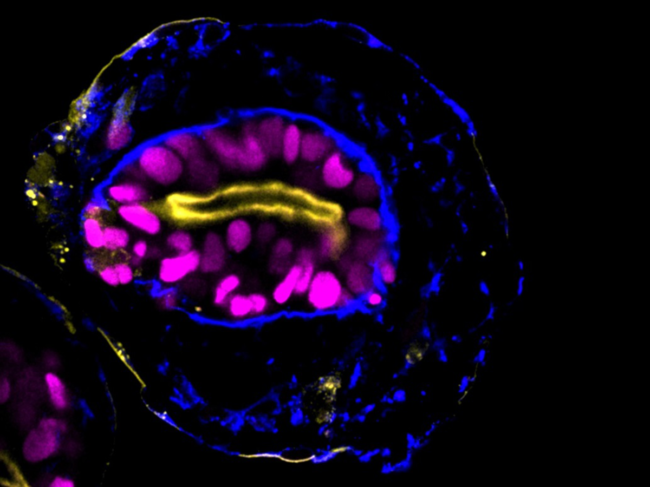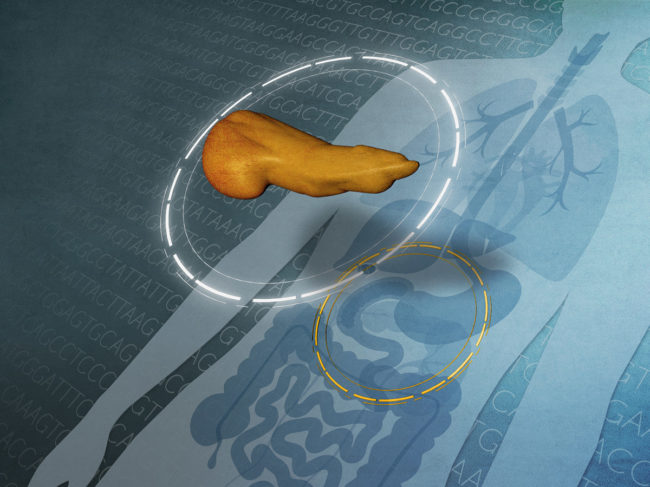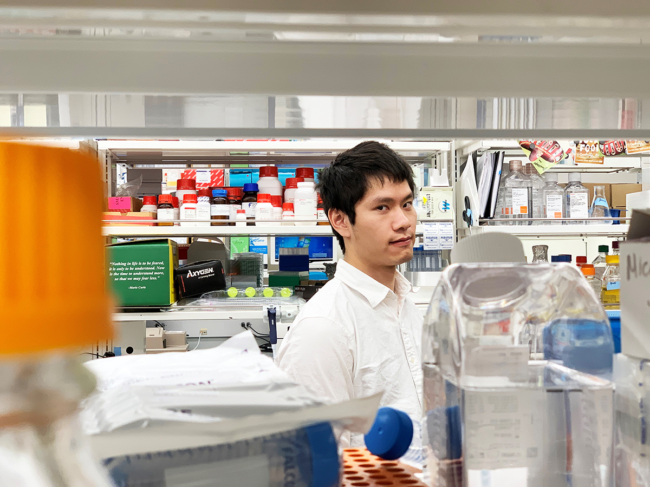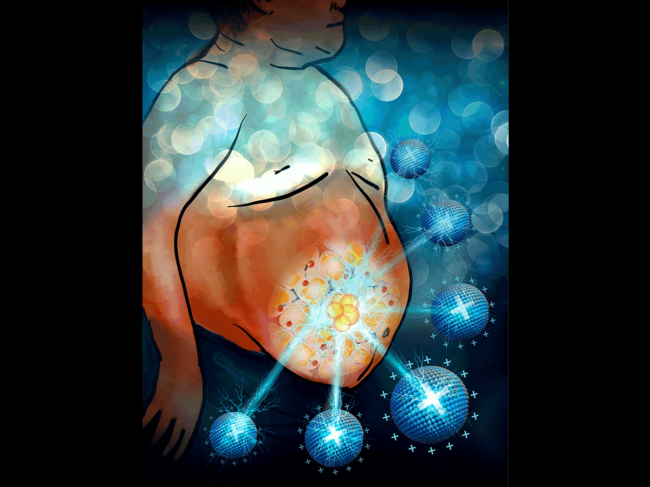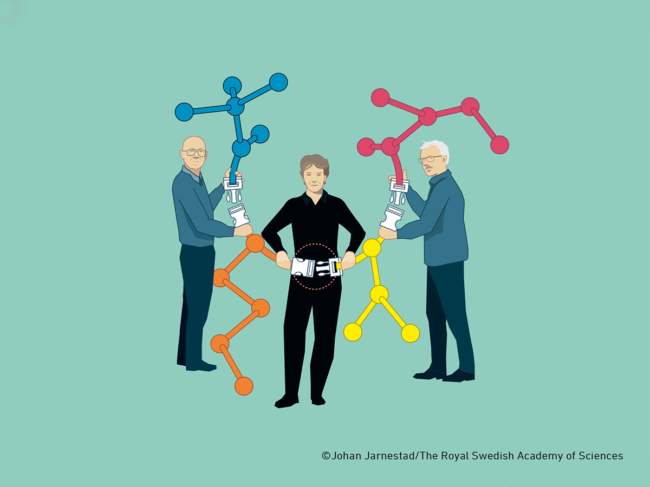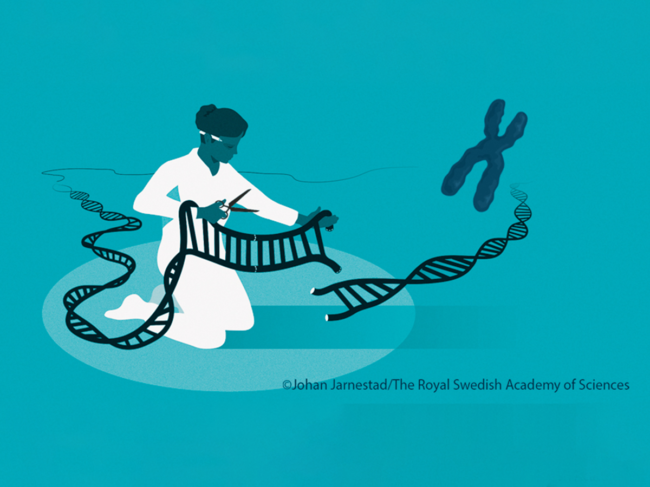
Drug design, drug delivery and technologies, BioWorld
Drug Design, Drug Delivery & Technologies
New human embryonic models bring hope for insights, but also lots of brouhaha
Read MoreDrug Design, Drug Delivery & Technologies
Promoting attachments nets 2022’s Nobel Prize in Chemistry
Read MoreDrug Design, Drug Delivery & Technologies
CRISPR activation mouse model can turn on previously silenced genes
Read MoreDrug Design, Drug Delivery & Technologies
